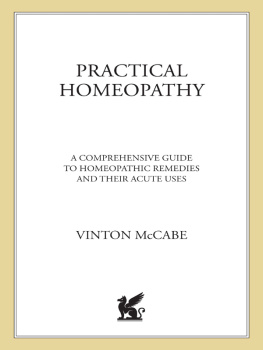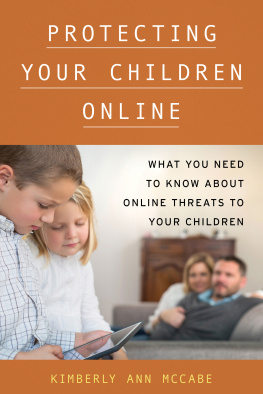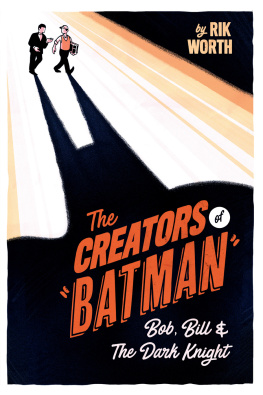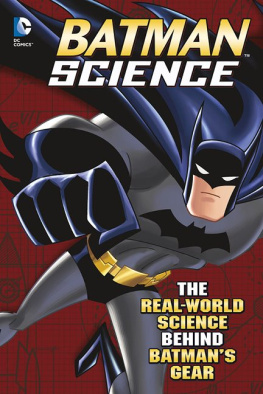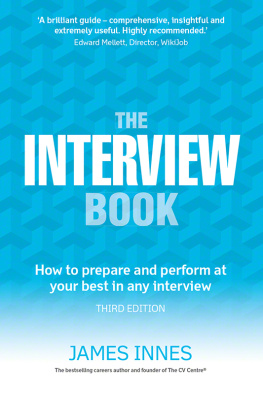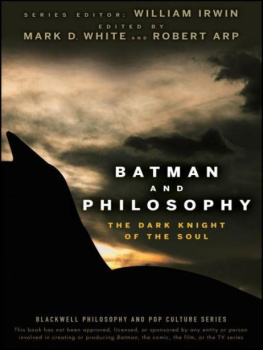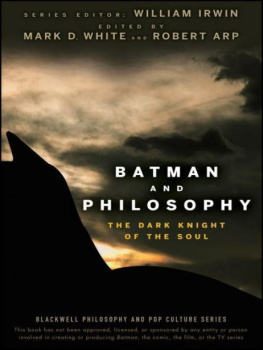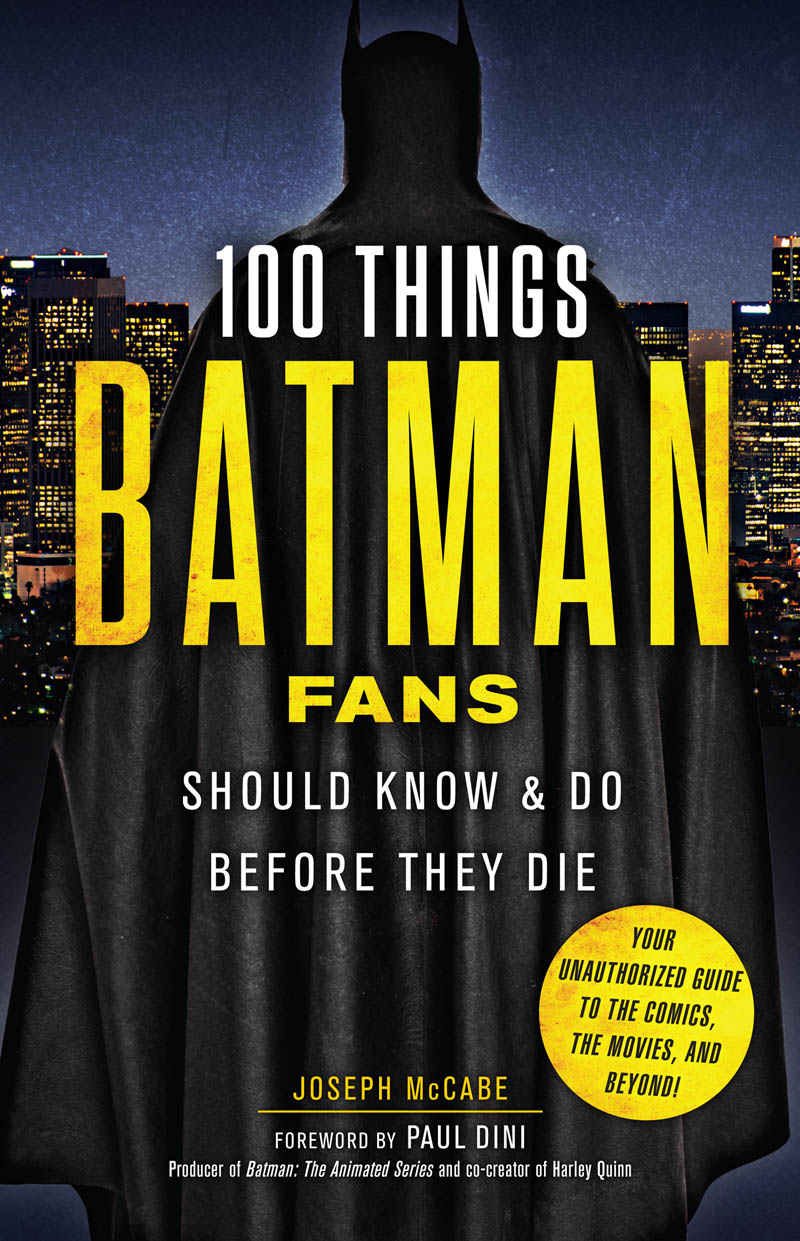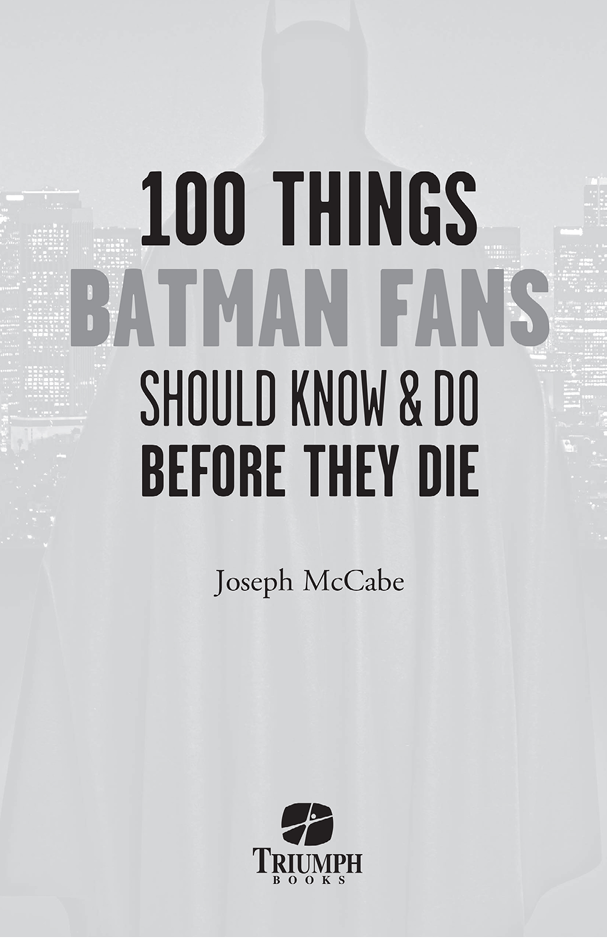
For my brothers, Jim and John McCabe, who love Batman as much as anyone.
For my nephews, Jude, Trystn, Lane, and NicolasBoy Wonders all.
And for anyone who fights injustice. No matter the scale, no matter the odds.
Contents
Interview with Jerry Robinson
Interview with Marv Wolfman
Interview with George Barris
Interview with Carmine Infantino
Interview with Adam West
Interview with Burt Ward
Interview with Denny ONeil
Interview with Steve Englehart
Interview with Frank Miller
Interview with Mark Hamill
Interview with Bruce Timm
Interview with Kevin Conroy
Interview with Christopher Nolan
Interview with Heath Ledger
Interview with Christian Bale
Interview with Tara Strong
Interview with Alan Brennert
Interview with Norm Breyfogle
Interview with Doug Moench
Interview with Kelley Jones
Interview with Tim Sale
Interview with Lee Meriwether
Interview with John Ostrander
Interview with Diedrich Bader
Interview with James Tucker
Interview with Chris Burnham
Interview with Grant Morrison
Interview with Jim Lee
Interview with Alex Ross
Interview with Paul Dini
Interview with Ed Brubaker
Interview with Neal Adams
Interview with Gerry Conway
Interview with Will Arnett
Interview with Scott Snyder
Foreword by Paul Dini
At some point in his or her life, everyone has wanted to be Batman.
It might be the four-year-old kid with a dishtowel around his neck, bouncing on the sofa. It might be the father stuck in the evening commute, wishing for a Batmobile to blast through traffic. It might be the single person trying to work up the courage to tell the partygoers in the next apartment to keep it down, please. Situation after situation in which the abilities of normal humans fall short in the face of conflict, we all wish we could be as strong, as confident, and, should the need arise, as imposing as Batman. Or the Flash, or Black Canary, or whomever your favorite do-gooder happens to be. But for the sake of this book, its Batman.
And why Batman? Well, hes the one hero an ordinary person could theoretically become. You dont need to have been rocketed to Earth from a planet of super men, or born with magic powers, or bitten by a radioactive whatever. Given the inspiration and determination, you could study, train, and push yourself to the pinnacles of intelligence and physical perfection. True, the money helps. But only in that it facilitates the training. Okay, yes, and helps fund the car, the cave, the costumes, gadgets, weapons, mansion, and Alfreds 401k.
For those of us without caves, butlers, inheritances, and the same threshold for physical punishment, there is this book, 100 Things Batman Fans Should Know & Do Before They Die . Within these pages, fledgling Caped Crusaders will learn the secrets of the Dark Knight from Bat Masters past and present. This titanic alliance of actors, artists, writers, and filmmakers pull back the curtain on the world of Batman, providing essential knowledge for midnight avengers ready to strike at crime from the shadows, or fans simply wanting to know everything about their favorite hero.
Read it, live it, and Ill see you in the Batcave.
Paul Dini is a writer and producer best known among Batfans for his work on Batman: The Animated Series (for which he co-created the popular character Harley Quinn), The New Batman/Superman Adventures , and Batman Beyond . He also wrote Batman: Mask of the Phantasm , Batman Beyond: Return of the Joker , and the Batman: Arkham video games, as well as Dark Night: A True Batman Story and the Eisner Awardwinning Mad Love .
Introduction
Im whatever Gotham needs me to be.
Of all the lines in Christopher Nolans The Dark Knight that resonate, its that simple statement of purpose in the films final scene that cuts to the hearts of fans.
For no fictional characternot even Supermanhas played as many roles, has served as many needs, has lived as many lives as Gotham Citys savior. From the pulp adventurer of the 1930s to the camp crusader of the 1960s to the dour avenger of the 1980s and beyond, Batman has managed to be the hero the world needs and deserves time and time again.
Its not always easy reconciling these disparate incarnations with one another. But at their core, they share one idea thats remained unchanged since the characters first appearance in 1939: that loss, suffering, and loneliness can be conquered, harnessed, and used as a force for positive change in the world. Its a notion that never gets old.
My hope is that this book will offer evidence as to why so many interpretations of the Dark Knight are valid, regardless of the audiences at which theyre aimed. And that the books interviews with film, television, and comic creators will entertain novice Batfans as well as those who hold PhDs in criminology from Gotham University.
For its the human brain and heart that propel someone from the depths of Crime Alley to the topmost spires of Gotham City.
Hes whatever we need him to be, because hes already in each of us.
1. Bill Finger and Bob Kane
The Caped Crusader has always stood as a pillar of virtue and justice. But the tale of his creation was long one of hypocrisy and cultural deceit.
Supermans debut in 1938 introduced the superhero genre to comic books, and the Man of Steels publisher, National Comics Publications (as DC Comics was then known), was all too eager to capitalize on its successwhich editor Vin Sullivan mentioned to a budding young cartoonist named Bob Kane. Born in New York City on October 24, 1915 (as Robert Kahn), Kane had worked for Will Eisner, creator of the Spirit, and his partner, Jerry Iger, before opening a studio of his own. A graduate of DeWitt Clinton High School in the Bronx, Kane had recruited fellow alum Milton Bill Finger to join his shop.
Born February 8, 1914, in Denver, Colorado, Finger too had grown up in New York, and, like Kane, had fallen in love with comic strips. But where Kanes personality was outgoing and dominant, hell-bent on making the kind of money Supermans creators Jerry Siegel and Joe Shuster were pulling in every week, Fingers was thoughtful and submissive. On paper, he was an employee of Kanes, and wrote Kanes Rusty and His Pals (a knockoff of cartoonist Milt Canif f s newspaper strip Terry and the Pirates ) for no credit. But Rusty generated little fanfare, and Bill maintained his day job as a shoe salesman.
When Kane spoke with Sullivan one Friday afternoon to discuss the possibility of a Bat-Man, he promised hed be back on Monday with a design for the character. Fond of swiping panels from other artists in his work, Kanes own skills were limited. He drafted a costume, but was unhappy with it. He met Finger that weekend at his apartment and showed him what hed come up with. His champions colors were the inverse of Supermanshe was blond and wore a bright red union suit with blue boots and briefs, a yellow belt, a domino mask (taken from Lee Falks newspaper strip hero the Phantom), and a pair of rigid wings. Kane would later claim the wings were inspired by Leonardo da Vincis famed ornithopter drawing.
Finger disapproved, and said the Bat-Mans colors should be dark, like that of his namesake. Moreover, his face should be covered by a cowl, from which should extend bat-like ears. And instead of the stiff wings, he should wear a cape, scalloped, so it resembled wings when he soared through the airwhich he would do on a rope, requiring gloves.



